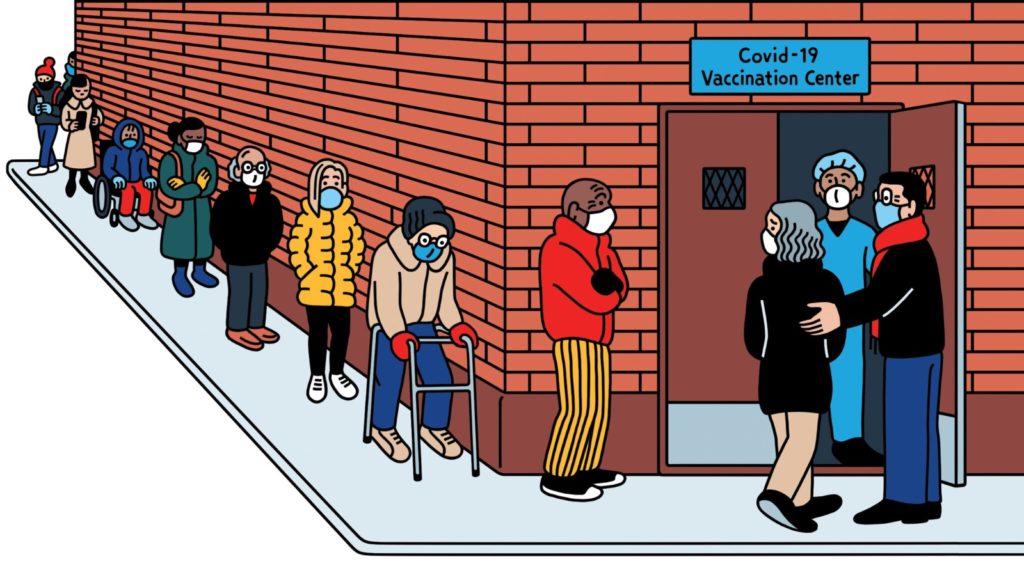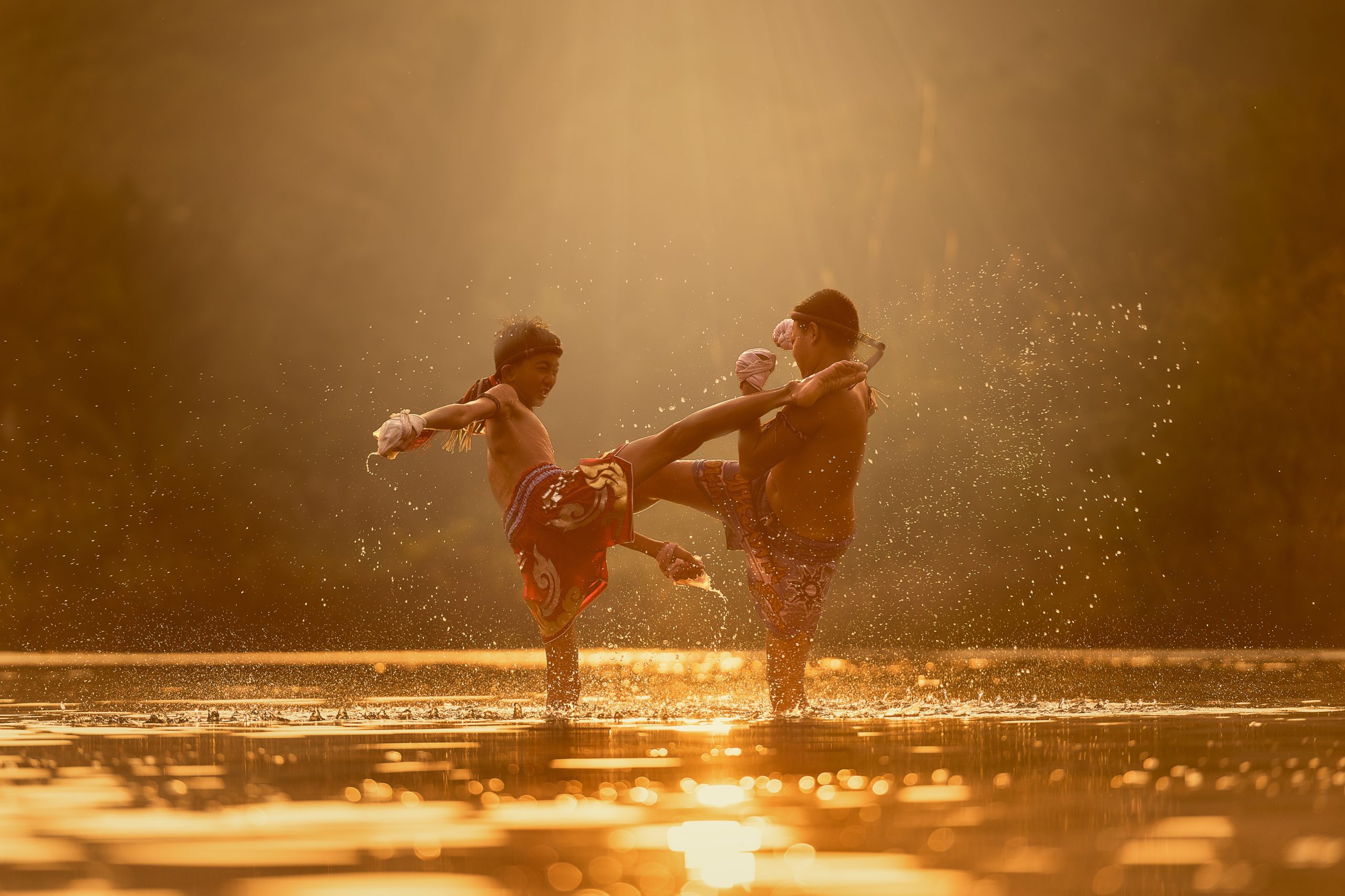
As a racial reckoning spread around America and the world last summer, so too did society’s overall awareness of racism’s reach. Racism was highlighted in institutions such as police departments, government agencies, and large corporations. We became more aware of subconscious racism, tailored by an upbringing that idolized white people while demonizing black people. And as the COVID-19 pandemic spread across countries, we observed how the legacy and current status of racism acted as a foothold for this virus to disproportionately affect racialized groups. The mass incarceration of Black and Latinx people, racist housing policies, and unequal access to health care have created conditions where BIPOC work lower-income jobs, live in cramped conditions, and are more susceptible to conditions such as diabetes and cancer. This has translated into Black Americans representing 27% of COVID cases, despite representing only 14% of the population, Latinx people having a mortality rate 2.5 higher than that of white people, and certain Native American communities having the highest infection rate out of any other group in the US.
Simply put, COVID-19 is racist.
With the advent of new vaccines in our fight against the pandemic, we must ask whether this new variable will continue to follow in the discriminatory footsteps of COVID-19. Considering the legacy and current status of racism, will BIPOC communities have equitable access to these life-saving vaccines? To examine this question let’s consider two scenarios, one where a vaccine rollout is colourblind, and another where race is factored in.
The US, having administered around 100 million shots as of the time of writing, has begun showing racial disparities in its vaccine rollout with Black and Latinx populations being vaccinated at slower rates. Representing 60% of the population, white people have received 65% of vaccines while Black and Latinx populations have received 15% of vaccines despite representing 31% of the population. White people do represent a larger segment of the older age groups, however, even when factoring this in, the racial disparity is still apparent. Another explanation for this racial disparity can be attributed to historical instances of unethical medical testing on BIPOC communities which has fostered distrust for vaccines.
Elements of white superiority have also been exposed during the vaccine rollout. To take an example from my home, the Yukon, there was an instance of blatant disregard for COVID protocols and indigenous communities’ health. Due to the remoteness of many indigenous communities in the Yukon, vaccines were prioritized in these regions to substitute for the lack of hospitals and clinics. Having heard about the early vaccine rollout in these communities, a wealthy couple from Vancouver chartered a plane to one of the remote communities called Beaver Creek where they failed to self-isolate and jumped the national queue to receive their vaccines. They were later criminally charged but the damage had already been done. This couple put the lives of vulnerable indigenous people at risk and took away a finite number of life-saving vaccines, all without caring about the obvious racist implications that their actions held.
This is all to say that without a proper focus on the specific needs of BIPOC communities, the vaccine rollout will become naturally influenced by the same racist undertones that stain institutions, governments, and our subconscious.
How then can we ensure that BIPOC communities receive the treatment they are owed in regards to the vaccine?
First of all, there must be repeated engagement with BIPOC communities. Due to the higher levels of distrust among these communities, this engagement will help build trust, answer questions, and respond to concerns. With this, health officials will be able to listen and put ideas crafted to the local context into action.
Another way to foster community trust, participation, and engagement is by incorporating BIPOC as active collaborators in the vaccine rollout process. Not only will this aid in crafting the vaccine rollout to specific communities, but it could also help inspire and lift more BIPOC to higher positions of power in government and public health.
Because BIPOC occupy proportionately more essential and lower-income jobs than white people, they might not be able to easily take time off work to get a shot. Because of this, the vaccine rollout should react to this reality by having longer working hours and large corporations should offer paid leave to those who wish to get vaccinated.
Finally, it must also be recognized that for many people, especially BIPOC who have been the most heavily affected by the economic impacts of the pandemic, that vaccination campaigns are not the final step into “normalcy”. There will be deep and unhealed wounds that must be attended to even after the pandemic has dissipated. Instead, the vaccine rollout should be viewed as a step to complete recovery that must include more meaningful social change.
If these above points are considered and executed, then the completion of the vaccine rollout will not only be viewed as a success in public health, but it could also be viewed as a success in racial equity and change.






